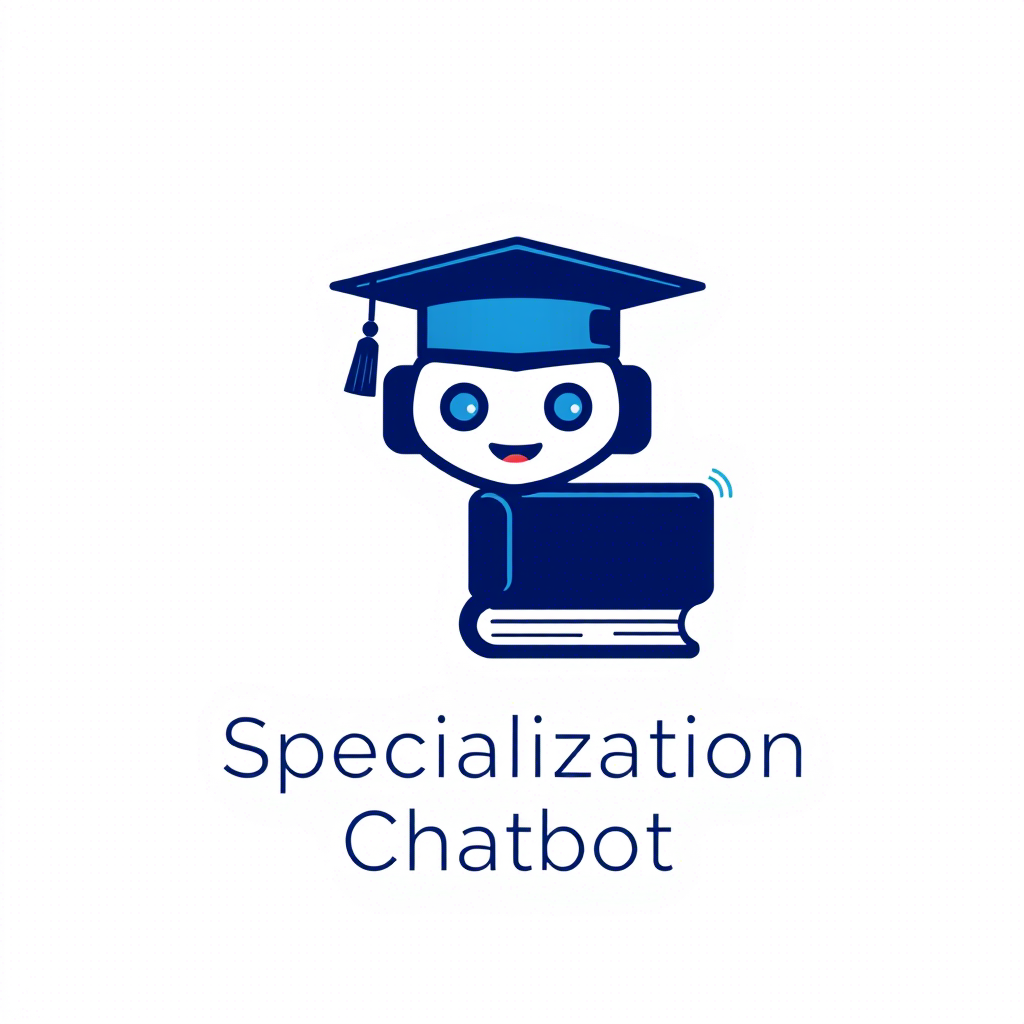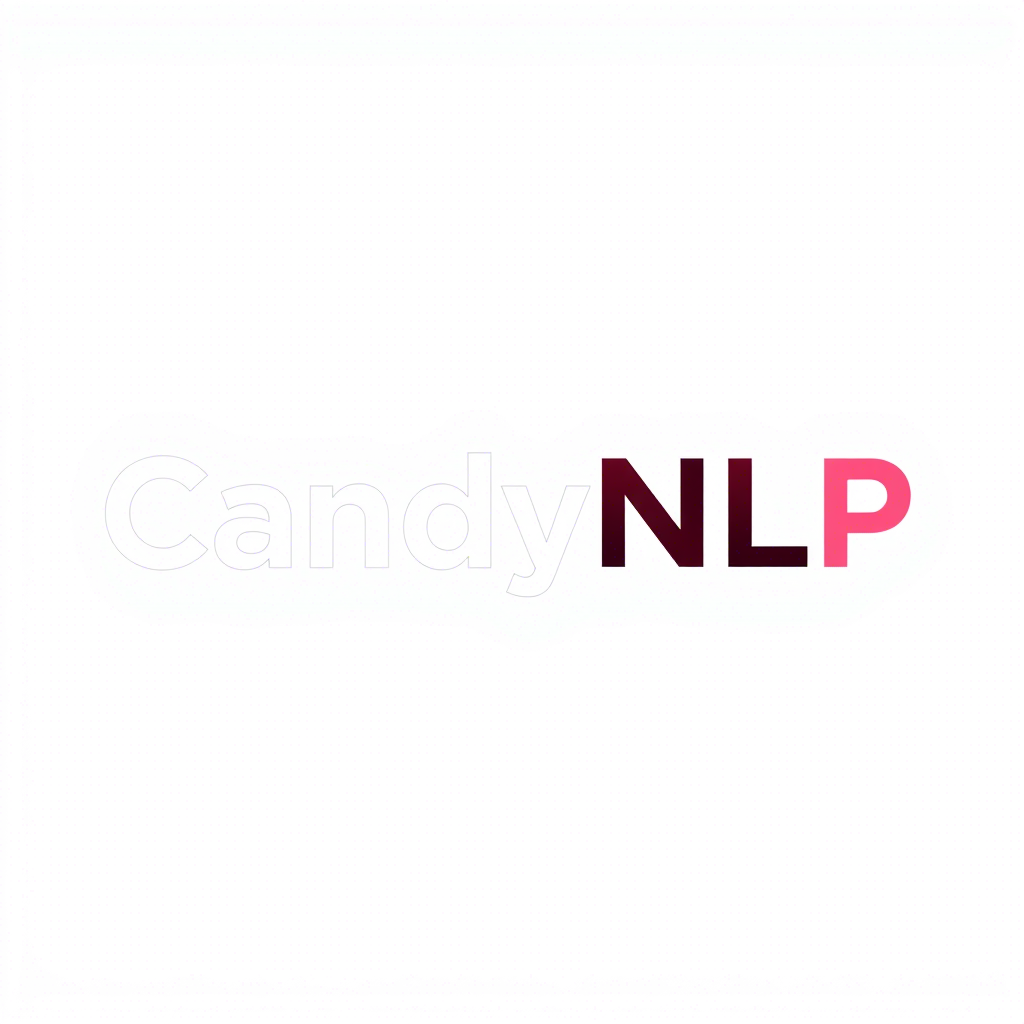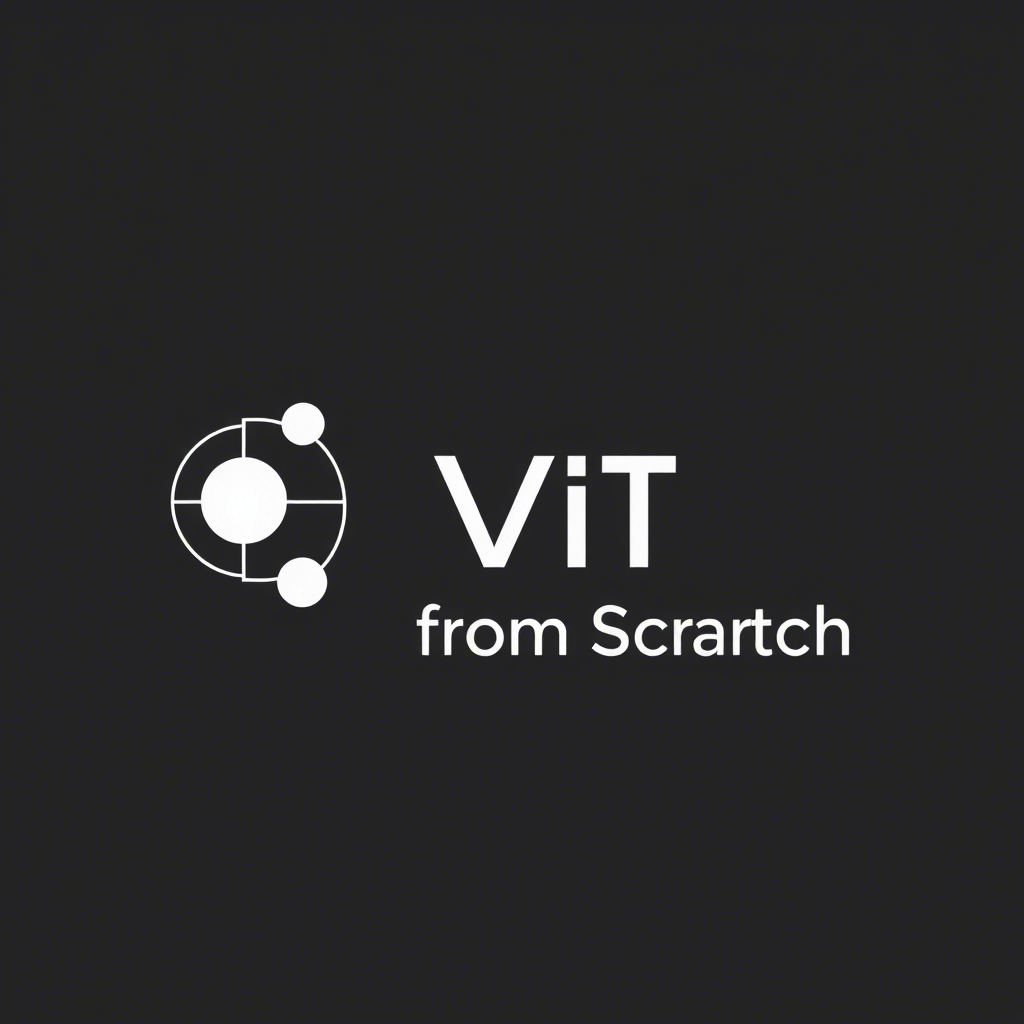
Our Projects
Innovative AI solutions that push the boundaries of technology and create real-world impact across various domains.

Specialization Chatbot
This AI-driven chatbot serves as a comprehensive guide for academic specializations, employing natural language processing to answer complex queries about course structures, prerequisite requirements, and career pathways. Integrated with university databases, it offers personalized recommendations based on student interests and academic history. Features include comparative analysis of specializations, alumni success stories, and real-time updates on curriculum changes. The system uses transformer-based models for contextual understanding and maintains conversation history for improved user experience.
Contributors

Document RAG
This sophisticated document analysis system combines retrieval-augmented generation with semantic search capabilities, enabling deep interaction with PDFs, Word documents, and research papers. The architecture integrates Llama Index for efficient document structuring and Pinecone for vector storage. Users can perform complex queries across multiple documents, receive citations, and generate summaries. Particularly valuable for legal document analysis and academic research, it maintains chat history and supports multi-file corpus analysis through a clean React-based interface.
Contributors

Lane Detection for Cars
This computer vision system implements real-time lane detection using a YOLOv8 backbone combined with OpenCV's image processing pipeline. Features include curvature estimation, lane departure warnings, and adaptive region-of-interest selection. The TensorFlow-based model was trained on diverse road conditions including night driving and rainy environments. The system processes 30 FPS on embedded hardware, making it suitable for ADAS implementations. Includes a simulation module for testing detection algorithms in virtual environments.
Contributors

Web Sentiment Analysis
This full-stack analytics platform performs real-time sentiment analysis on social media streams and customer reviews using fine-tuned BERT models. The dashboard visualizes emotion distributions, trend graphs, and aspect-based sentiment scores. Supports multiple languages and domain-specific lexicon integration. Features include automated report generation, alert systems for sentiment spikes, and comparative analysis between brands. The Node.js backend handles batch processing of historical data while WebSocket manages live sentiment tracking.
Contributors

Gesture Detection
This vision-based control system uses MediaPipe Holistic for real-time hand tracking combined with a custom CNN for gesture classification. Implements cursor control through finger position mapping and supports 15+ predefined gestures for actions like scrolling, clicking, and zooming. Features background suppression for robust operation in varying lighting conditions. The PyTorch model achieves 98.7% accuracy on test data. Includes a training module for custom gesture creation and system preferences configuration.
Contributors

CandyNLP
This high-performance NLP library implements efficient text processing algorithms in C++17, featuring memory-mapped I/O for large corpus handling. Includes tokenizers (WordPiece, Byte-Pair), morphological analyzers, and a Porter2 stemmer. Benchmarks show 4x faster processing compared to Python equivalents. The modular architecture allows custom pipeline creation with thread-safe components. Particularly effective for preprocessing massive datasets for ML training. Comes with Python bindings for easy integration into existing ML workflows.
Contributors

ViT from Scratch
This implementation of Vision Transformers strictly follows the original paper, featuring custom multi-head self-attention layers and patch embedding modules. Trained on ImageNet-1k, the model achieves 78.4% top-1 accuracy. Includes novel features like learned position embeddings and adaptive gradient clipping. The codebase demonstrates hybrid architectures combining CNNs with transformers. Comprehensive visualization tools show attention heatmaps and patch importance scores, making it valuable for educational and research purposes.
Contributors

Python-Profanity-Filter
This context-aware filtering system uses ensemble methods combining word embeddings, phonetic matching, and n-gram analysis. Features include adjustable sensitivity levels, custom blocklist/allowlist support, and leet-speak detection. The pipeline handles spelling variations and partial word masking. Integrated with SpaCy for linguistic features extraction. Achieves 99.1% recall on the HateBERT benchmark dataset. Offers both API endpoints for real-time filtering and batch processing modes for content moderation at scale.
Contributors

Friday - Your Sarcastic AI Assistant
Friday is a voice-powered AI assistant inspired by Iron Man's iconic butler AI. It responds in a classy and sarcastic manner, handling tasks like checking weather, searching the web, sending emails, generating images, and even creating simple websites. Built with LiveKit Agents, Google's voice LLM, and Gemini API, Friday offers wit, sarcasm, and one-liners while being a practical digital assistant. Features include real-time conversation, enhanced noise cancellation, web search with DuckDuckGo, Gmail integration, and Imagen-powered image generation.
Contributors

Chef-Code
Chef-Code is an intelligent recipe recommendation system that takes user-provided ingredients and suggests food and recipes they can make from a curated dataset. Using TF-IDF vectorization and NLP-based nearest word matching, it implements a content-based filtering approach to deliver accurate recipe matches. The system is powered by Flask for the backend, PostgreSQL for data storage, and React for the frontend. It leverages ScaPy alongside TF-IDF for efficient text processing and delivers an interactive, user-friendly recipe discovery experience.
Contributors

PopNews - Fake News Detection Platform
PopNews is an innovative fake news detection platform that leverages artificial intelligence to enhance content verification. The platform enables users to validate news articles and social media content, with the option to deploy AI agents that can analyze information based on customized verification strategies and knowledge bases. Key features include AI-powered detection, real-time content analysis, source credibility assessment, user feedback learning, and multi-platform support across web, mobile, and API. The frontend is built with Vue + TypeScript, while the backend uses Node.js with RESTful APIs and WebSocket connections for real-time updates. The system includes an AI agent manager, task queue, LLM interface, knowledge base, and strategy engine for robust misinformation detection.
Contributors
Have a Project Idea?
Join our community and bring your AI vision to life. We're always looking for innovative projects and passionate collaborators.